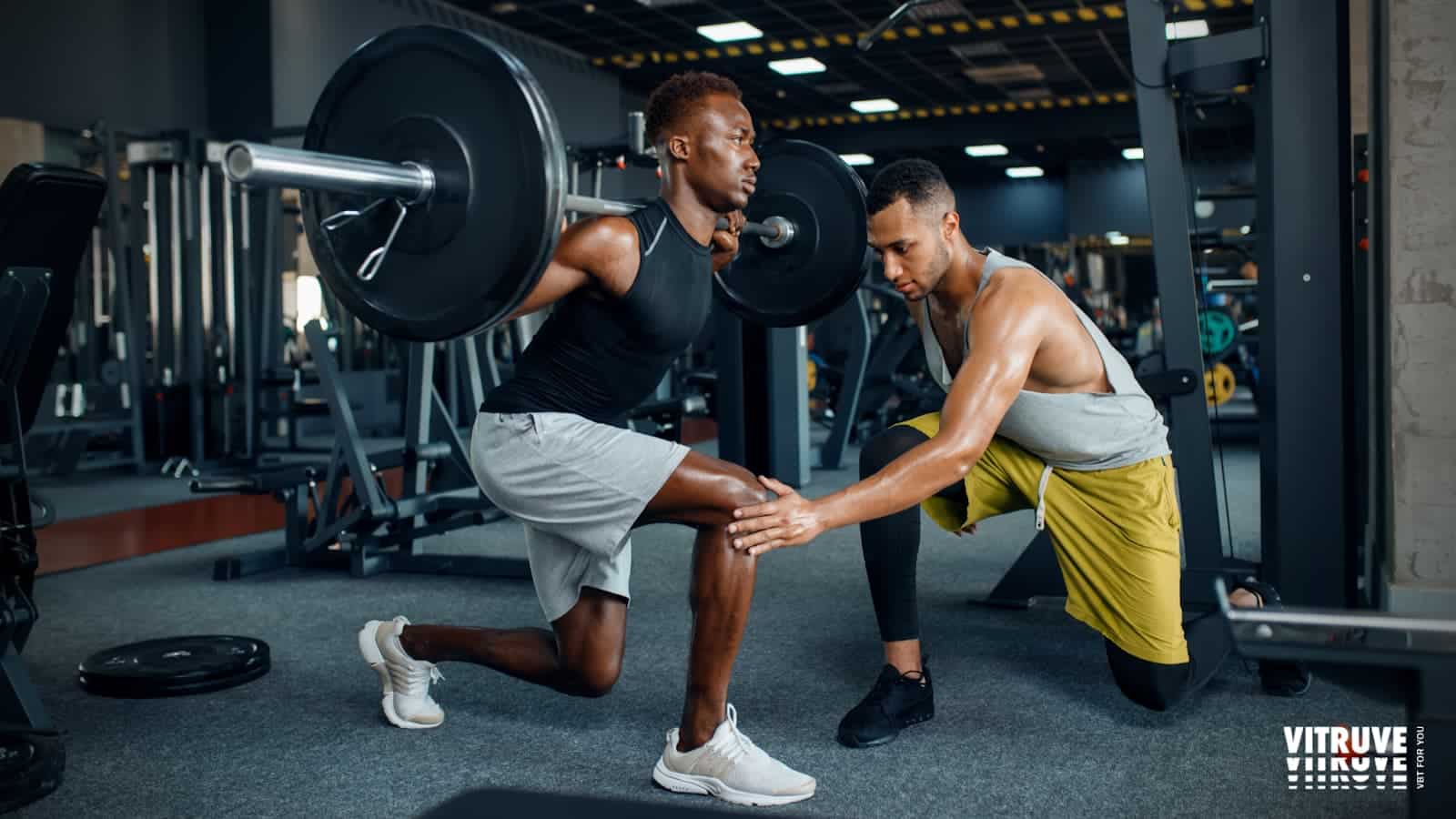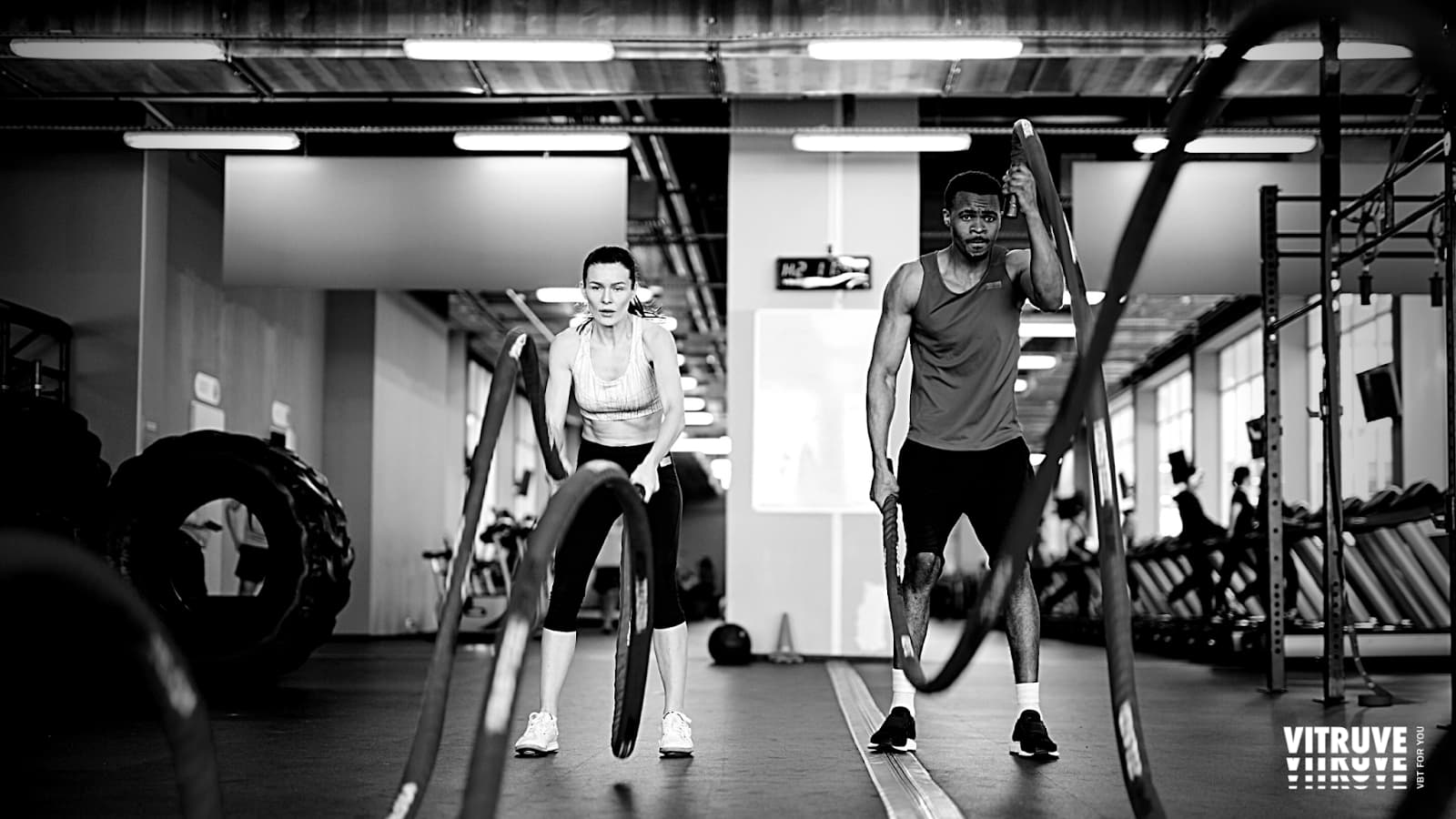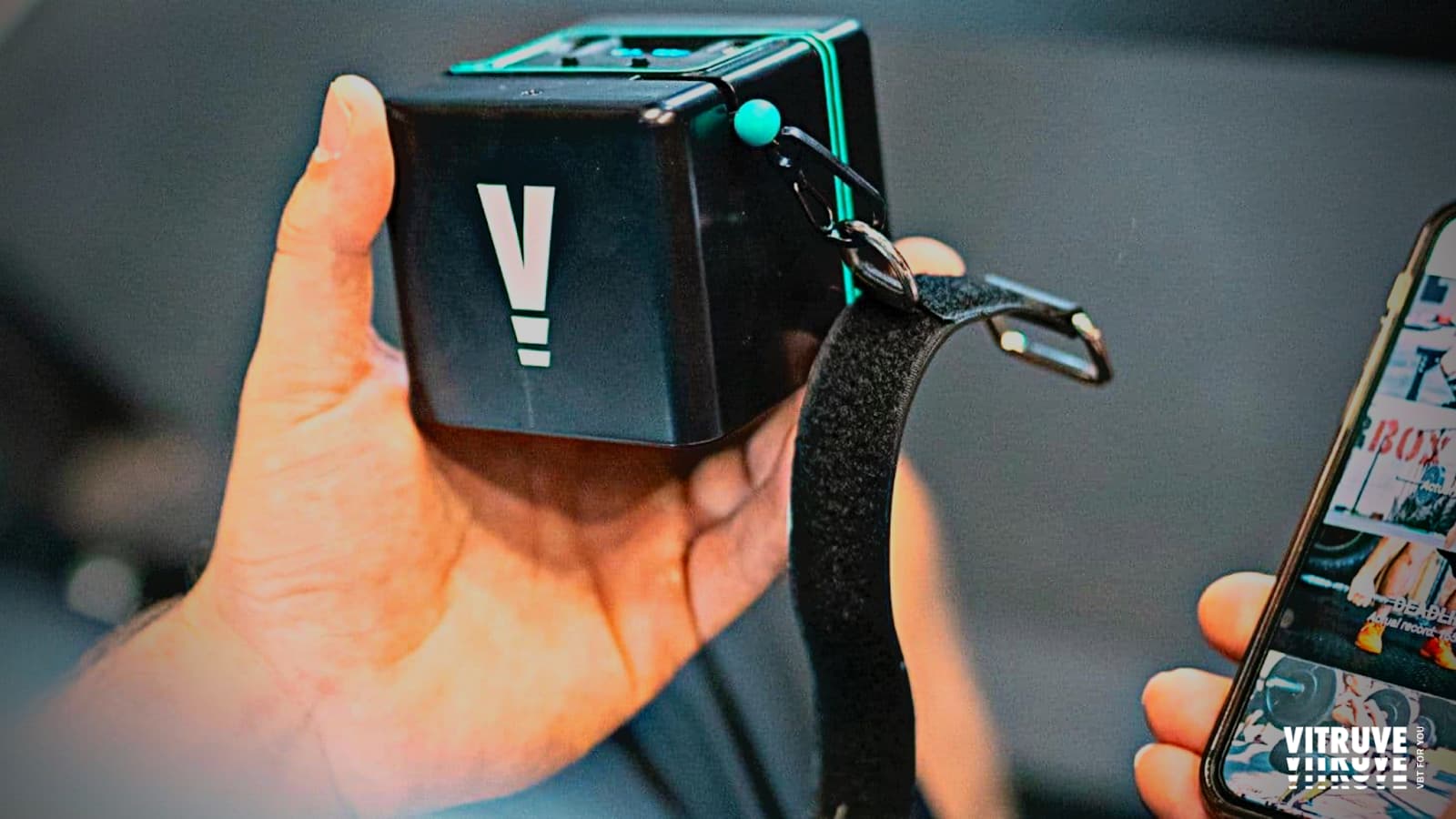6 de October de 2022
Velocity-Based Training in High Schools and Colleges
High school athletes usually have a reduced ability to perform well in the field due to underdeveloped physiques, younger numerical and training age, and various other external factors. They also have to deal with daily challenges, including academic stress, family stress, travel stress, and even nutritional stress.
For all these reasons, lifting is just a supplemental practice for high school athletes. This means they should lift weights to prevent injury and enhance performance. However, it is generally better if they avoid making this practice an integral, time-taking part of their daily routine. It would be viable to introduce progressive overload and monitor their overall performance in the gym. And more importantly, their physical activity shouldn’t distract them from academics and family life.

Injury Rates In High Schools
The University of Colorado put forward a comprehensive analysis based on a study conducted in 2016-2017, indicating the instances of injuries high school athletes sustain during a calendar year. This study estimated that 1,160,321 high school athletes were injured during these two years. That makes up 2.09% of the total number of high school athletes. Now, this percentage is not high; but if you look at the number of injuries, that’s quite substantial. Moreover, every injury matters because it tends to end an athlete’s career.
Coaches can help reduce the number of injured athletes by monitoring their athletes, analyzing their preparedness for the sport, and helping them with quicker recovery during and after workouts.
Nutritional rates
A 2018 survey by an independent organization analyzed thousands of high school students to understand their nutritional habits. According to this survey, about:
- 1% didn’t have breakfast
- 7% consumed high amounts of soda
- 6% didn’t have a recommended fruit consumption
- 2% had a lower vegetable consumption
It is worth mentioning here that the recommended nutrition for high school athletes consists of 45-65% carbs, 10-30% proteins, and 25-35% fats. Furthermore, they should take an adequate amount of low-sugar fluid every day. It is also recommended for high school athletes eat a good breakfast and snack throughout the day.
Graduation rates
Athletic high school students perform better than their non-athletic peers. This is evident from the data collected from Kansas High School regarding 2014 graduates, as athlete students graduated at the rate of 98%, while non-athletic pupils at 90%. This demonstrates the importance of sports in overall well-being and education. Not only does athletic performance enhance the physical characteristics of the trainer but also reduces stress. With VBT, coaches can ensure that they provide the accurate amount of training with precise intensity to keep their athletes physically fit and mentally well.
Another factor that contributes to better overall health and academic performance of athletic students is the change in the approach toward their daily dealings. For instance, a physically fit student trains and recovers appropriately and can channel their energy from stressors to improve their actions. VBT can be particularly beneficial here as it involves consistent readiness assessments and appropriate adjustments during the course of the exercise. This helps an athlete create positive adaptations – a healthy habit that stretches beyond the domain of fitness training and influences every other aspect of life.

Training frequency
A lot of initial adaptations during a young age are neuromuscular. This means these adaptations are not stronger initially as their movement patterns continue to become more efficient. A greater role in this scenario is of volume, not load. The good thing is the volume can be quantified easily when you back it up with velocity-related data points.
Without using velocity to inform an athletic pattern’s intent, you will just be guessing if the volume is sufficient to initiate a particular adaptation. In simple words, a younger athlete can use velocity-based training to gain better control over the total volume and load. This helps them increase their movement patterns’ efficiency using data.

It’s All About Using Technology At All Levels
That’s right; technology has a significant say when it comes to implementing VBT protocols. But let’s first clear a misconception here. Many people believe that VBT is useful only for high-level, advanced athletes. The truth is it all comes down to the expertise of the coach. Remember, the right time to use VBT is not when an athlete is fast enough, strong enough, or has reached a certain age. it is more about identifying age-related and physical attributes and formulating a training program that helps an athlete bring forward the best of their ability.
Remember, the key factor is to treat VBT as a specialized tool. It is a tool that performs particular functions in terms of training optimization and helps accomplish several tasks with ease. With the help of this tool, coaches can make precise measurements and assist their athletes in becoming more technically sound.
In other words, Velocity-based training helps turn a workout into an optimal training practice that brings significant improvement to the sport. The good news in this regard is that several modern-day tech devices are available that are specialized in velocity tracking and identifying other metrics associated with VBT. This makes the job of coaches a lot less stressful and helps them become more precise with their approach.
Final Thoughts
Velocity-based training in high schools and colleges not only helps prepare top-rated athletes but also helps improve the overall well-being of students. On top of that, VBT increases training intent in athletes. This is because velocity-based training emphasizes adjusting training loads and velocity to prevent fatigue. It helps athletes prevent long-term burnout.
In the end, it is always good to stick to sound technology when it comes to training using VBT protocols. The most common device used in this regard is a linear transducer to measure the barbell speed. A good piece of tech comes with high-quality sensors and AI-backed software for precise measurements. Make sure that you choose that kind of device.

